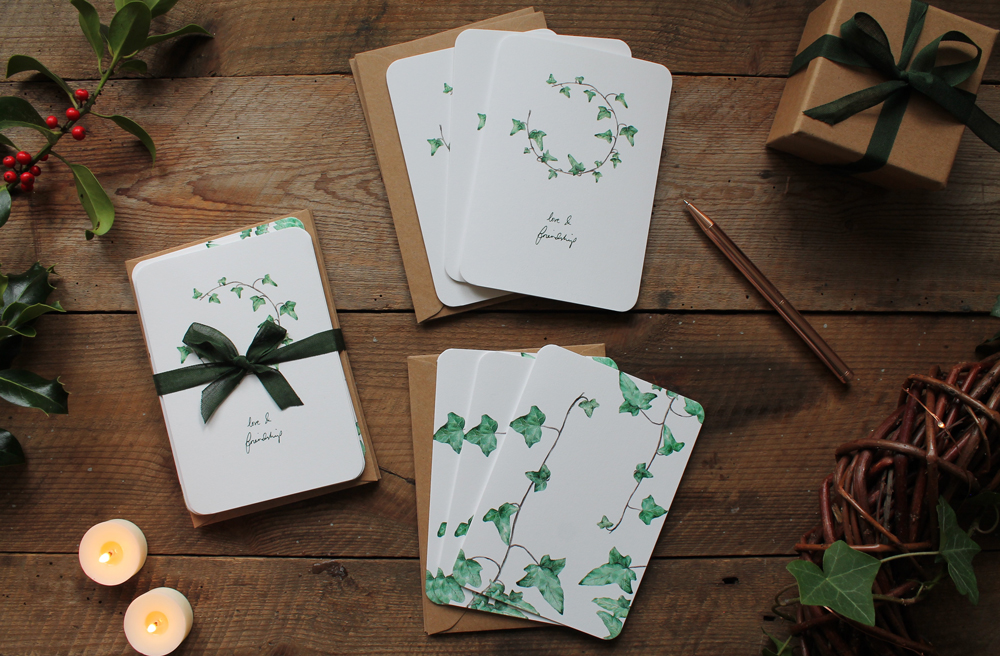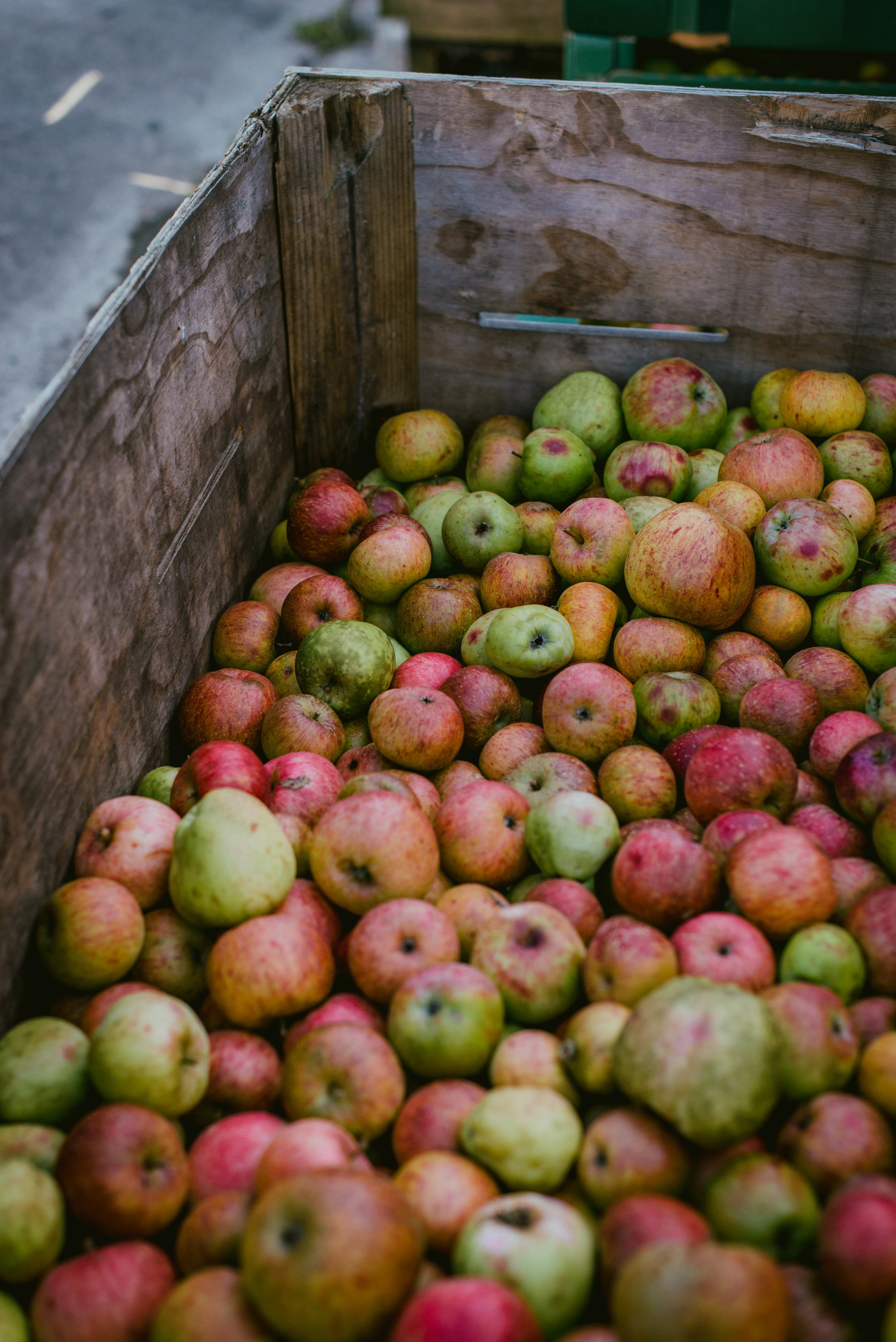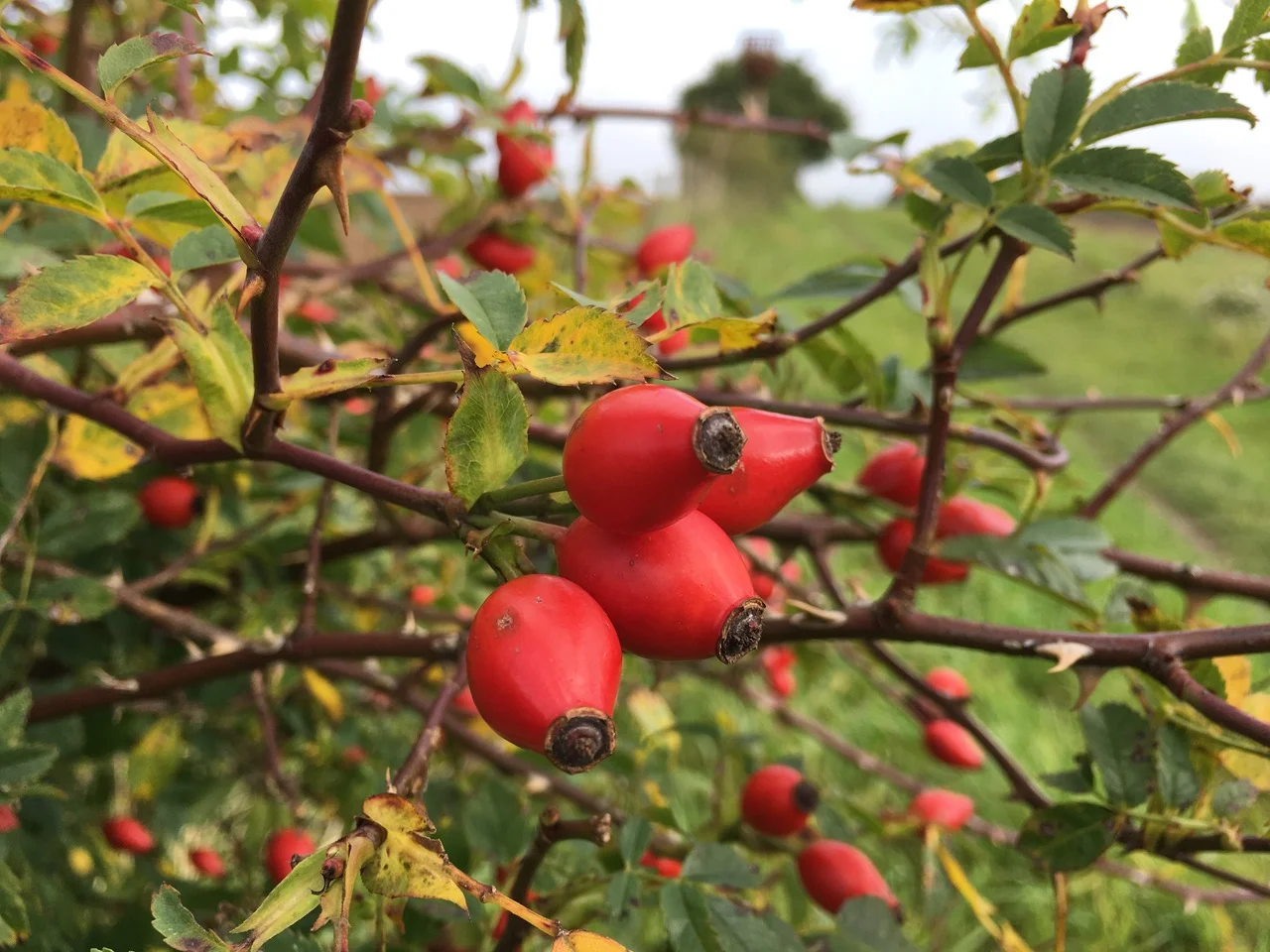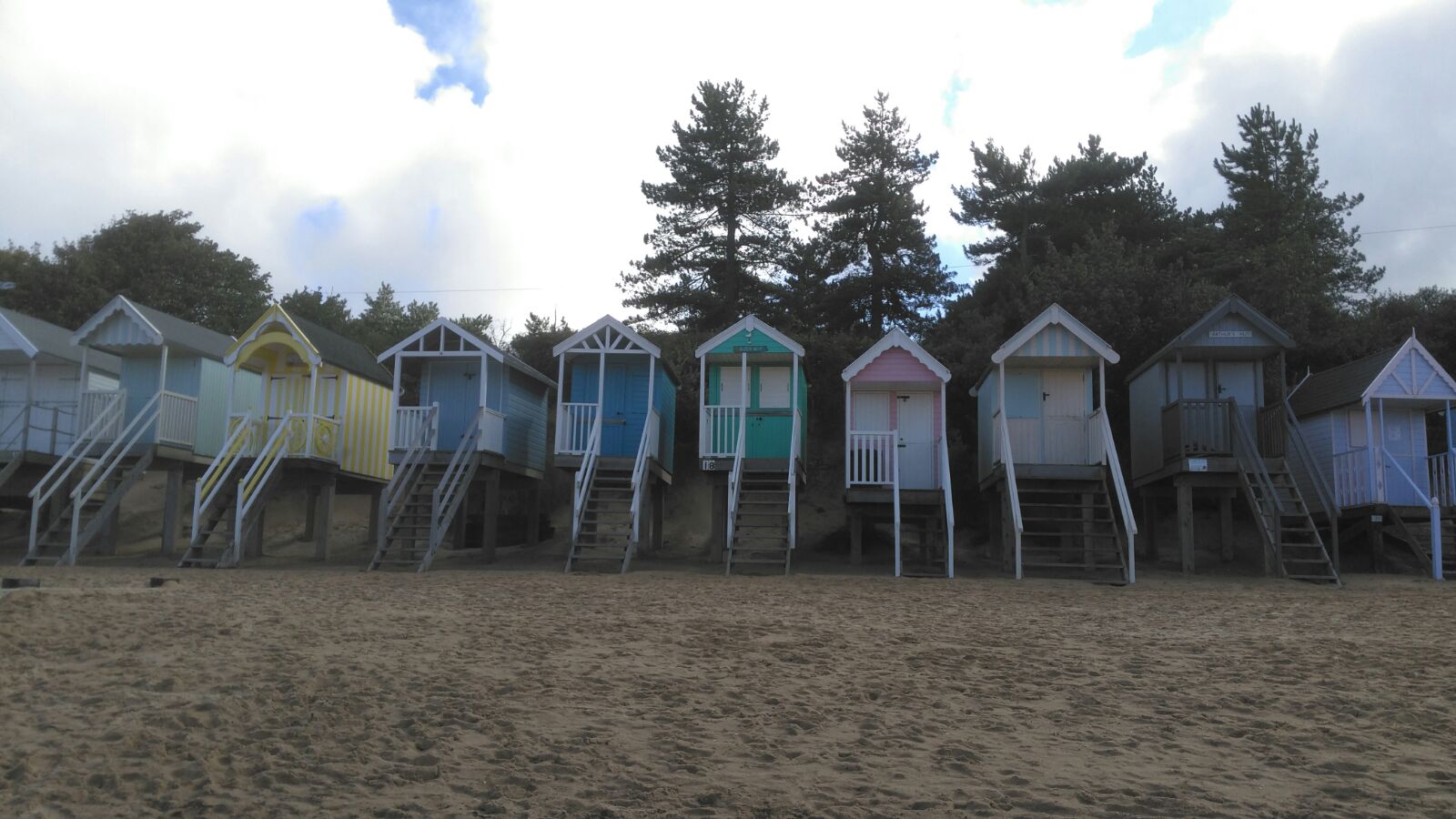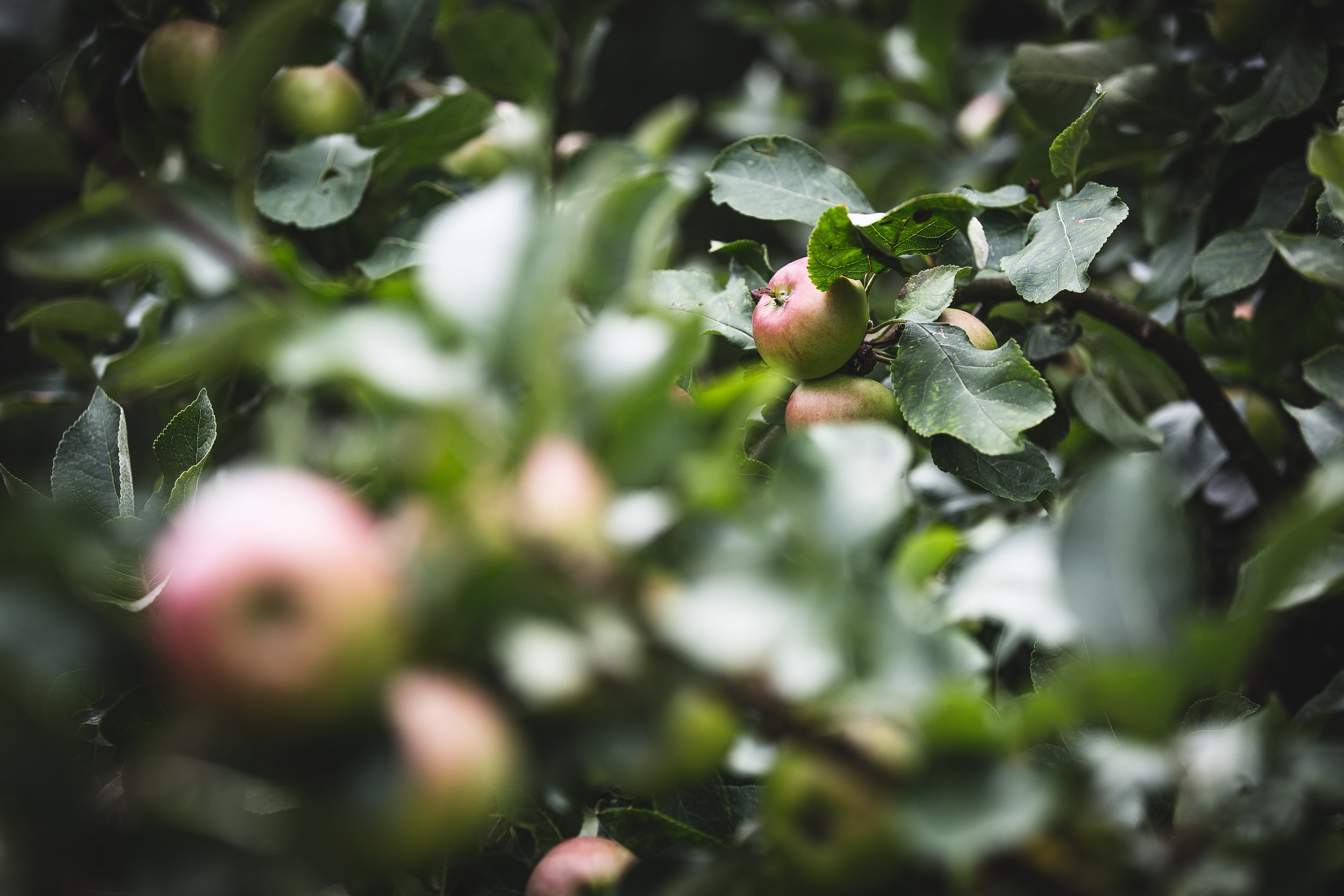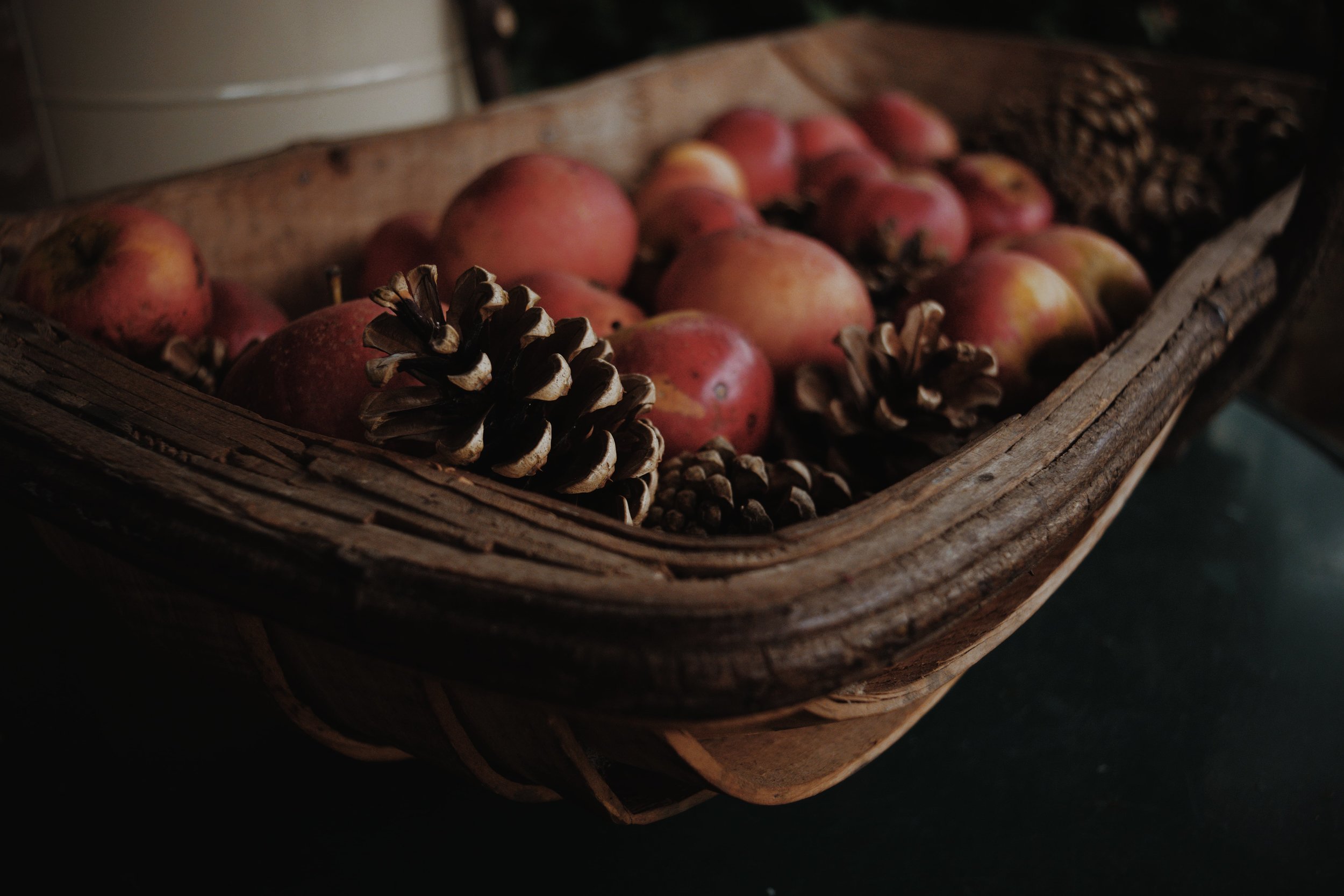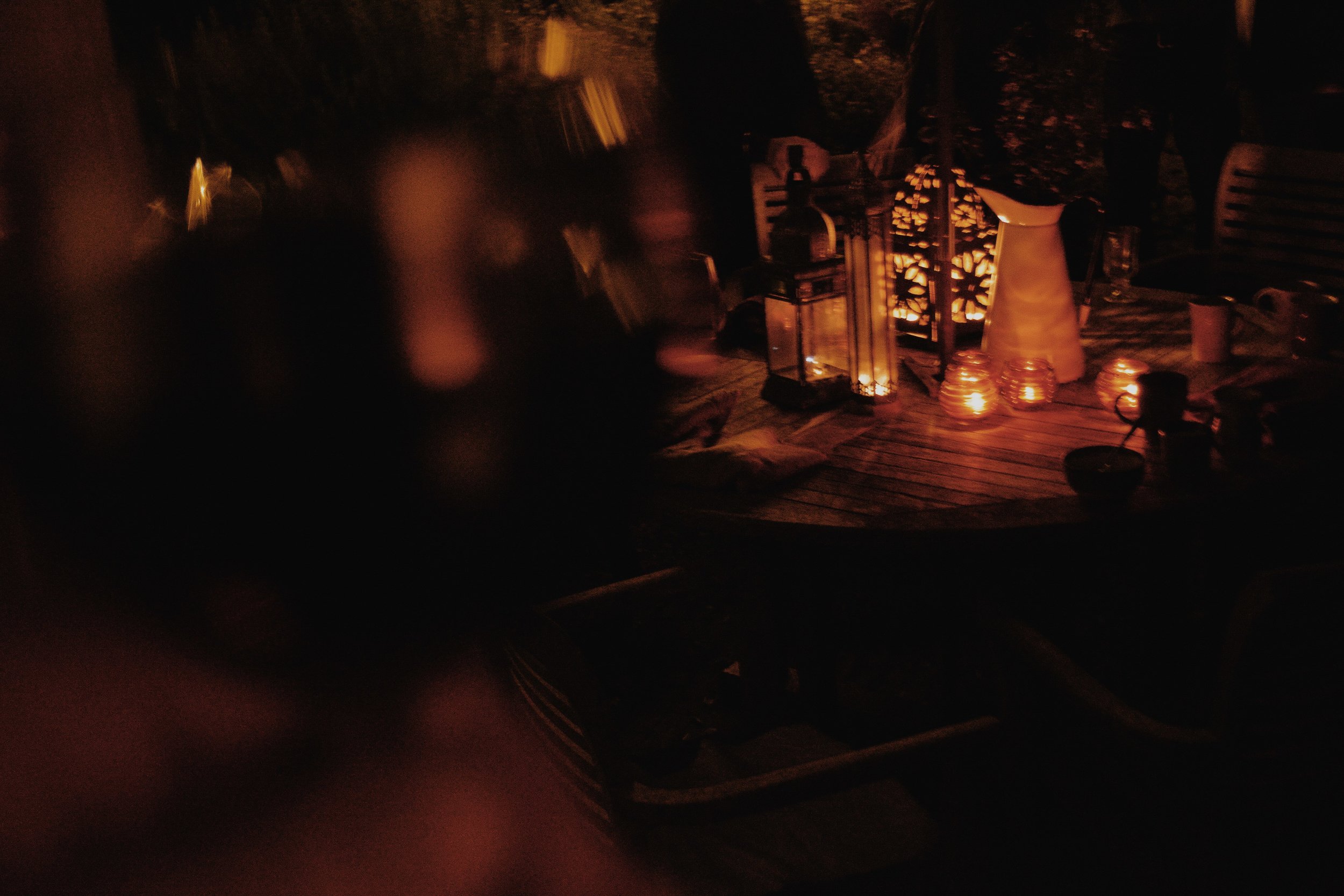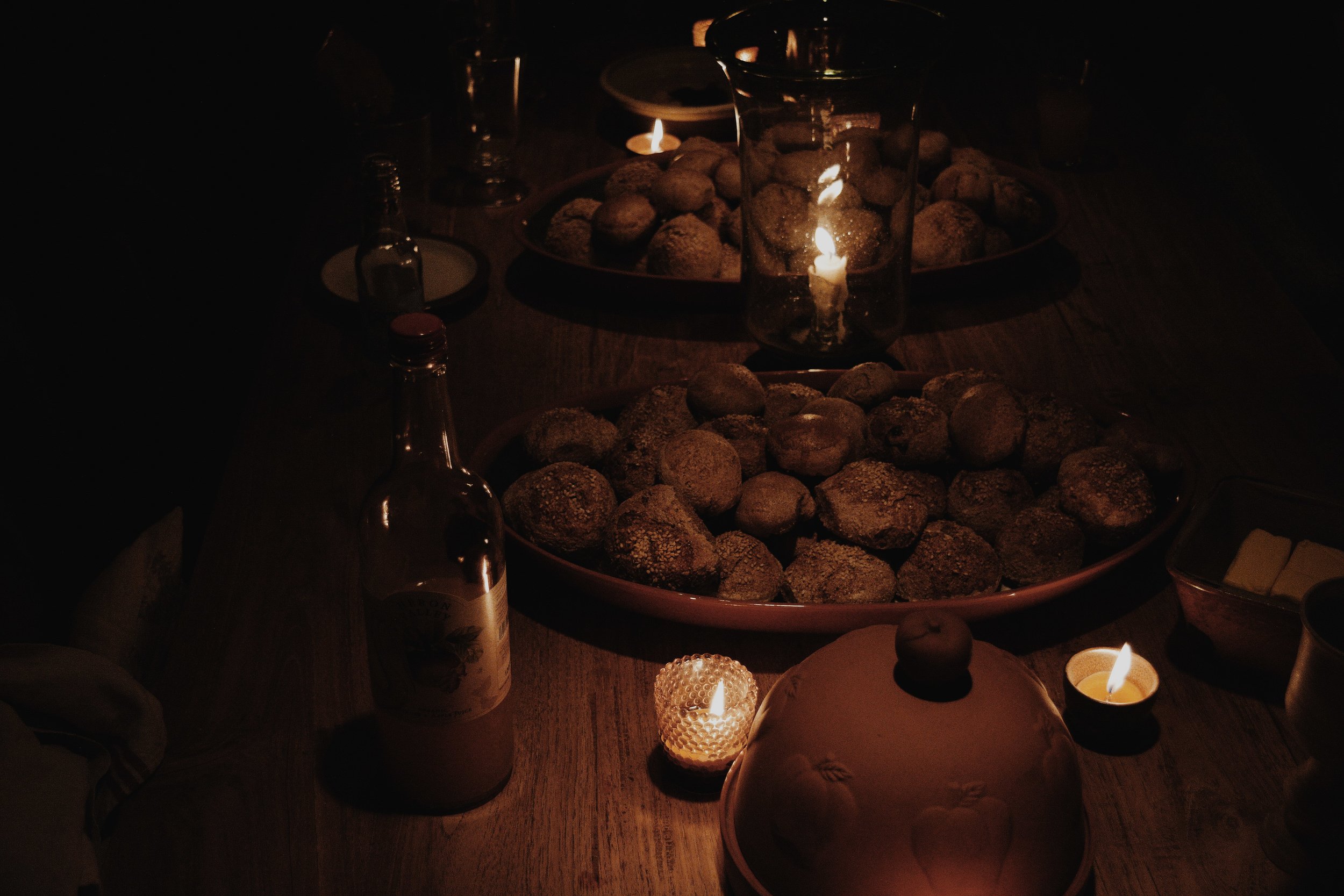Apples are synonymous with autumn. The first that twists and breaks free so crisply from its branch is always a delight, and marks the start of the new season in the orchard. Blossom flowers that graced the trees so elegantly in spring give way to robust, round fruits that will be baked into pies, pressed into cider, or simply devoured to the core. Humble though they may appear, apples are representative of many seasonal pleasures, not least the act of preservation and preparing for the cold winter months ahead, something which in our modern society we seem to have lost. The apple has rejected its Roman associations with luxury, and has become an everyday fruit for all seasons – “an apple a day keeps the doctor away” – rather than a food to be relished at its peak.
If you want to be sure of when this is, simply take note of the date for Apple Day, a festival introduced by the arts and environmental charity Common Ground in 1990. On the 21st of October, annual celebrations take place throughout the country, with activities ranging from the stalwart apple identification (there are thought to be over 7,000 varieties!) to apple printing, mummers’ apple plays and poetry evenings. The festival has come a long way since its Covent Garden stallholder origins, and is now celebrated in over 600 locations, from village halls to botanical gardens to the Houses of Parliament.
On the origins of Apple Day, Common Ground remark:
“We wanted to create a popular festival, a date in the calendar, to alert people to our heritage of fruit, to broaden their knowledge and to inspire action. We wanted to stimulate initiatives promoting the importance of our relationship with the land and the links between local production and ecological care, social customs and culture. By giving people reasons to value and conserve them we aimed to prevent further extinction of varieties and loss of traditional orchards.”
Surely, then, the only way to preserve this local distinctiveness, is to make a conscious effort to embrace all varieties of apple, and in particular those local to where we live?
If that’s in or near London, then Borough Market boasts the perfect celebration: a lively family festival that offers apple-hungry visitors the chance to taste apple varieties and other products such as preserves, breads, pies and juices – proof that apples don’t just have to just be a snack-on-the-go, and offering more fuel to their versatile fire. Last year visitors also took part in the apple-peeling competition and enjoyed the boisterous tale of The Fabularium’s Reynard The Fox. Further north, many villages host smaller festivals, and The National Trust offer activities for children at many of their properties. Apple Day is not just about the produce, but also about drawing together as a community. How will you celebrate?


















